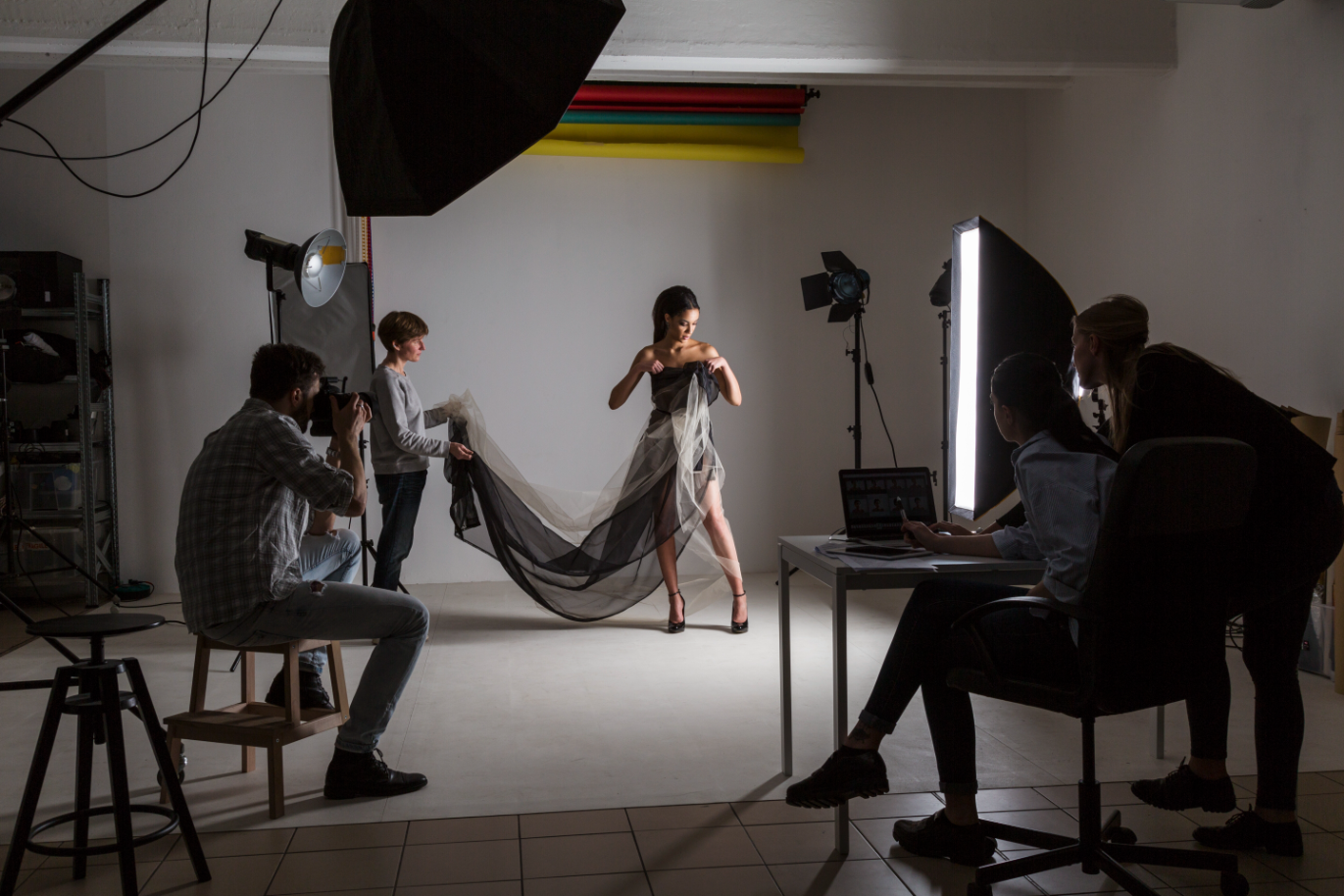Why Your Ad Films Aren't Converting (and How to Fix It).

You’ve poured time, effort, and resources into creating an ad film, envisioning it as the golden ticket to skyrocketing conversions. Yet, the numbers aren't budging. Your brilliant visuals and compelling script seem to be falling flat when it comes to translating views into actual leads or sales. It’s a frustrating scenario many businesses face.
The truth is, a beautiful ad film isn't enough on its own. It needs to be a strategically crafted conversion machine. If your ad films aren't delivering the ROI you expect, it's not always about a lack of creativity; it's often about fundamental missteps in strategy, messaging, or execution that prevent viewers from taking the desired action. Let's dive into the common pitfalls and, more importantly, how to fix them.
Beyond the Pretty Picture: Misunderstanding Your Audience & Message
One of the most common reasons an ad film fails to convert is a fundamental disconnect between its message and the intended audience. Your ad might be stunning to look at, but if it doesn't speak directly to the pain points, desires, and aspirations of your target customer, it's just noise. A generic ad tries to appeal to everyone and ends up appealing to no one. You need to know exactly who you're talking to and what unique value you offer them.
Understanding your audience goes beyond demographics; it delves into psychographics – their motivations, fears, and daily challenges. Once you have a clear picture of your ideal customer, your unique selling proposition (USP) must shine through. What makes your product or service different and better than the competition? If your ad film doesn't clearly articulate this, potential customers won't see why they should choose you. Your message needs to be laser-focused, relevant, and compelling.
How to Fix It:
- Deep Dive into Audience Research: Create detailed buyer personas. Understand their online habits, what other content they consume, and what language resonates with them.
- Craft a Crystal-Clear USP: Before filming, define what makes you unique. Is it price, quality, service, innovation, or a specific problem you solve? Your ad should highlight this from the outset.
- Tailor Your Narrative: Build your ad's story around a problem your target audience faces and how your product is the perfect solution. Use language and imagery that they can relate to personally.
- Test Your Messaging: Don't assume. Use A/B testing on different ad versions to see which messages and visuals generate the most engagement and conversions.
The Muddled Middle: Storytelling, Engagement, and Pacing
Even if you know your audience and have a strong message, if your ad film fails to engage them throughout its duration, you'll lose them before they even consider converting. This often comes down to weak storytelling, poor pacing, or technical flaws that distract from the core message. In today's attention-scarce world, every second of your ad needs to count, captivating the viewer and guiding them seamlessly towards the desired action.
A compelling ad film tells a story, even if it's a short one. It introduces a problem, builds anticipation, presents a solution, and shows the positive outcome. If your ad feels like a feature list or a dull monologue, viewers will drop off. Furthermore, technical issues like poor audio, grainy visuals, or jarring edits can severely undermine credibility and engagement. People expect a certain level of professionalism; anything less makes your brand seem unprofessional too.
How to Fix It:
- Focus on a Strong Narrative Arc: Every ad needs a beginning, middle, and end. Start with a hook, introduce the conflict/need, present your solution, and show the happy resolution.
- Optimize for Early Engagement: Grab attention within the first 3-5 seconds. Use intriguing visuals, a bold statement, or an immediate relatable problem.
- Maintain Professional Production Values: Invest in quality videography, sound design, lighting, and editing. These elements build trust and make your brand look credible. A professional film Baker partner can make all the difference here.
- Evoke Emotion: People buy on emotion and justify with logic. Whether it's humor, aspiration, relief, or empathy, an emotional connection makes your ad memorable and impactful.
- Pacing is Key: Keep the ad moving. Avoid slow, drawn-out scenes unless strategically designed for emotional impact. Get to the point efficiently.
The Conversion Conundrum: Clear CTAs and Seamless User Experience
You've successfully grabbed attention, engaged your audience, and delivered a compelling message. But then, nothing happens. This is where the conversion process breaks down. Often, the call to action (CTA) is either non-existent, vague, or buried. Viewers might be interested, but if they don't know exactly what you want them to do next, or if the path to doing it is full of friction, they'll simply move on.
Beyond the CTA itself, the post-click experience is crucial. If your ad promises an amazing offer but leads to a slow, confusing, or poorly designed landing page, you’ve lost the conversion. Every step of the user journey, from clicking the ad to completing the desired action, must be smooth, intuitive, and consistent with the ad's message. Any barrier, no matter how small, can deter a potential customer.
How to Fix It:
- Make Your CTA Unmissable: Use strong, action-oriented verbs. Make it visually prominent in your ad (on-screen text, voiceover) and clearly stated. "Shop Now," "Learn More," "Sign Up," "Get Your Free Quote" – be direct.
- Create Urgency or Scarcity (When Appropriate): Phrases like "Limited Time Offer" or "While Supplies Last" can incentivize immediate action.
- Optimize Your Landing Page: Ensure the landing page is relevant to the ad, loads quickly, is mobile-friendly, and has a clear, singular focus. Don't send users to a generic homepage if your ad promotes a specific product.
- Minimize Friction Points: Reduce the number of steps or form fields required to complete the action. The fewer clicks and less information needed, the higher the conversion rate.
- Track and Analyze: Use analytics tools to understand where users drop off. Is it on the landing page? During the checkout process? Identify these bottlenecks and address them.
Conclusion
Crafting ad films that truly convert requires more than just creative flair; it demands a strategic approach rooted in understanding your audience, delivering a compelling message, engaging viewers with strong storytelling, and guiding them effortlessly towards action. By addressing these common pitfalls, you can transform your ad films from mere brand showcases into powerful engines of growth for your business.
Don't let your investment in ad films go to waste. If you're struggling to create captivating and high-converting video content, it might be time to partner with experts who understand both the art and science of conversion-focused filmmaking. Unlock your ad film's full potential by getting in touch with us at FilmBaker today, and let's craft compelling stories that drive real results for your brand.


